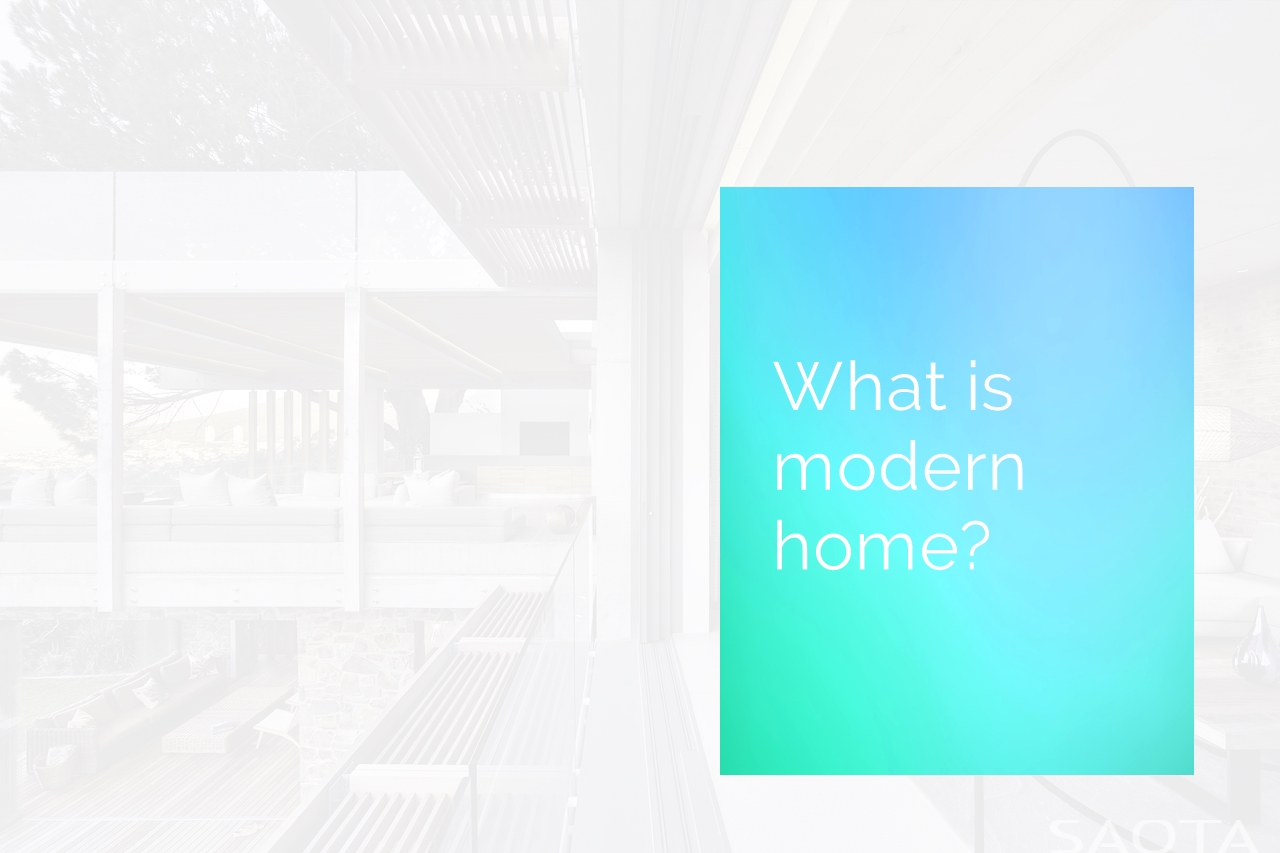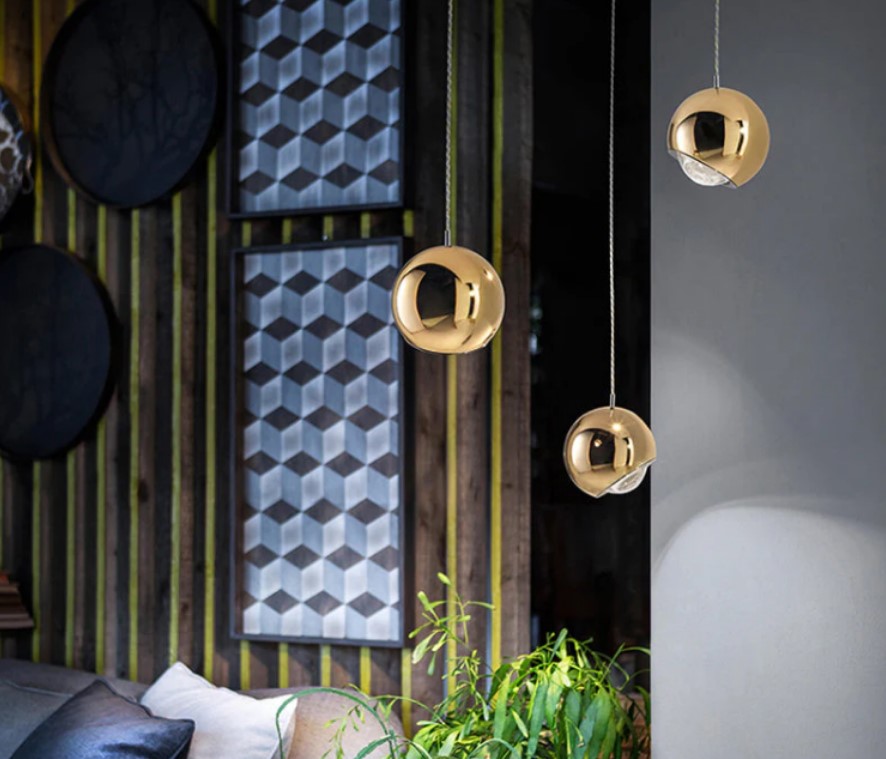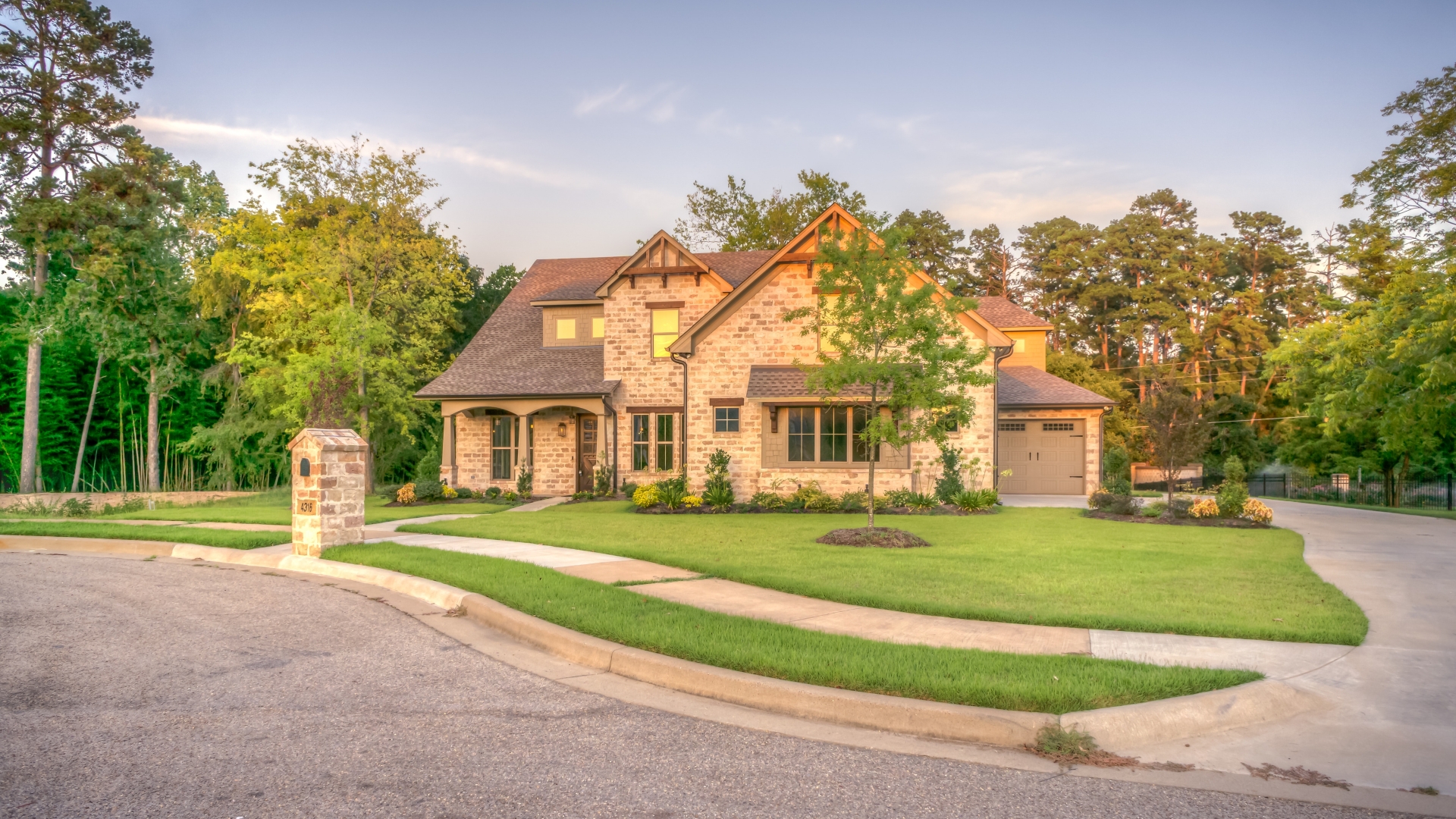The main objective for those considering selling a property is to make a sale at the best possible price, under the most favorable conditions – and ideally, in the shortest amount of time. To achieve all this, several steps need to be taken along the way, one of which is preparing the home for sale.
While this tends to be thought of in terms of home staging, the architectural aspects of the property can also be key selling points. Whether these are highlighted as pre-existing features or added via home renovation, it can help to know how the key elements of design can be applied to architecture – and how they can be used to help sell a home.
Design Elements
Design elements are the foundation of any form of design, be it graphic design, sound design – or architecture (not to be confused with design “principles”, which refer to how these elements are used. Here are the main seven elements and how they can be applied to architecture to help sell a property.
1. Shape
While shapes can be organic or abstract, in architecture the most popular tend to be simple geometric shapes. When considering the design of a home it’s important to understand the psychological impact of shape: arches, rectangles and triangular shapes are structurally efficient while evoking a sense of stability and balance.
2. Line
Verticals evoke strength and stability, while horizontal lines tend to create a sense of calm – while horizontal lines suggest dynamism and motion. For example, a buyer might be drawn to ranch-style homes for the steady energy of its horizontal layout and perpendicular lines.
3. Form
While a popular axiom in architecture is Louis Sullivan’s “form follows function”, fellow architect Frank Lloyd Wright went a step further, arguing they should work in harmony. When selling your home, consider which aesthetic aspects can also be useful.
4. Color
While interior designers suggest using neutral tones inside the home, the front door color provides potential buyers with a visual first impression: black (the most popular shade) symbolizes protection, while the second-most popular choice, red, signifies strength.
5. Value
This element of design refers to contrast between light and darkness: in terms of architectural design this can be applied to the use of natural light in the home. South and east-facing buildings tend to get more sunlight, while large windows allow more light in throughout the day – both tend to be popular with those looking for a new home.
6. Texture
Texture is primarily thought of as being tactile; although in architecture it can also affect the way sound or light bounces off surfaces: one example might be an airy, open plan space with smooth walls, versus a cozy wood-paneled interior with plush furnishings.
7. Space
In terms of architectural design, this can refer to the interior space as a whole, or the space between objects. Buyers might look for a sense of spaciousness, which tends to be more attractive than cluttered environments, but also a balanced arrangement of furniture in proportion to the space itself.
These elements can also be applied to additional features such as decorative molding, woodwork and ceiling beams, providing a series of attractive selling points for potential buyers. Considering how these align with a buyer’s lifestyle and preferences can create a balance of functional and aesthetic features to help sell your home.











